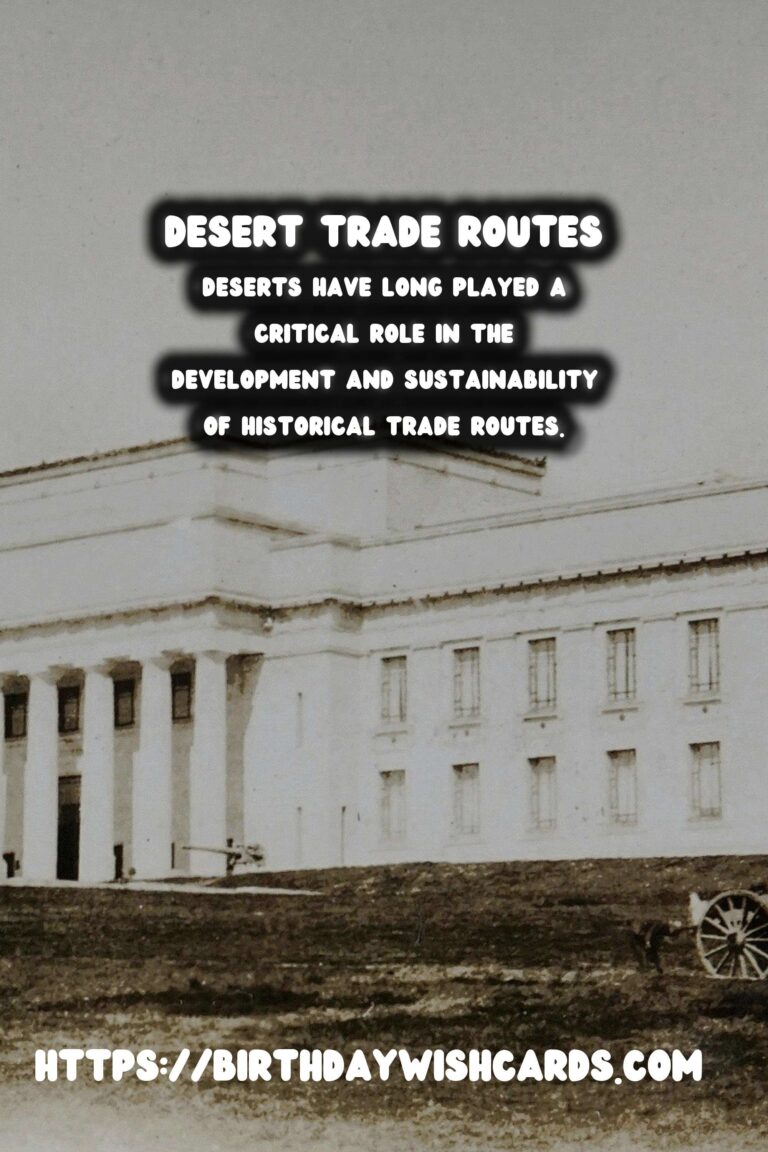
Deserts have long played a critical role in the development and sustainability of historical trade routes. Although often seen as harsh and uninhabitable, deserts have facilitated trade and connection between various civilizations for centuries. This article delves into the significant contribution of deserts to trade, examining how they influenced and shaped historical trade routes.
Deserts as Natural Trade Routes
In contrast to their barren reputation, deserts served as important pathways for traders and merchants. The vast openness and flat terrain allowed for easier travel compared to mountainous or densely forested regions. Notably, the Sahara Desert was pivotal in linking West Africa to the Mediterranean and the Middle East, enabling the exchange of gold, salt, and other valuable commodities.
Facilitating Cultural Exchange
Deserts were not only conduits for goods but also for the exchange of ideas, culture, and religion. As traders traveled across the desert routes, they brought with them their cultural practices, language, and beliefs, thereby influencing and enriching the cultures along their paths. The Silk Road, traversing parts of the Gobi and Taklamakan Deserts, is an exemplary route where such cross-cultural interactions flourished.
Challenges of Desert Trade
Despite the advantages, trading through deserts was not without its challenges. Harsh climate conditions, scarcity of water, and the threat of sandstorms posed significant dangers to caravans. This led to the development of specific trade hubs, such as oasis towns, where traders could rest, resupply, and exchange goods in safer conditions. These sites became vital points for commerce, fostering economic growth in otherwise remote locations.
Innovations in Desert Navigation
To mitigate the challenges of desert traversal, innovations in navigation and travel techniques were developed. Introduction of camel caravans, which could endure long journeys without water, revolutionized desert trade. Moreover, the establishment of waypoints and knowledge of celestial navigation allowed traders to cross these vast expanses with increased confidence and efficiency.
Legacy of Desert Trade Routes
The legacy of deserts in historical trade routes is evident even today. Modern trade routes often follow the paths etched out by ancient traders, highlighting the lasting impact of these early transportation networks. Additionally, many of the cultural exchanges facilitated by desert trade routes are still visible in the customs and traditions of various societies today.
Deserts, often underestimated, have played a foundational role in shaping not only economies but also cultural and societal landscapes throughout history. As we continue to explore and learn from these ancient highways of commerce, we gain a deeper appreciation for the complex interactions that defined the history of global trade.
Deserts have long played a critical role in the development and sustainability of historical trade routes. Despite the advantages, trading through deserts was not without its challenges. 
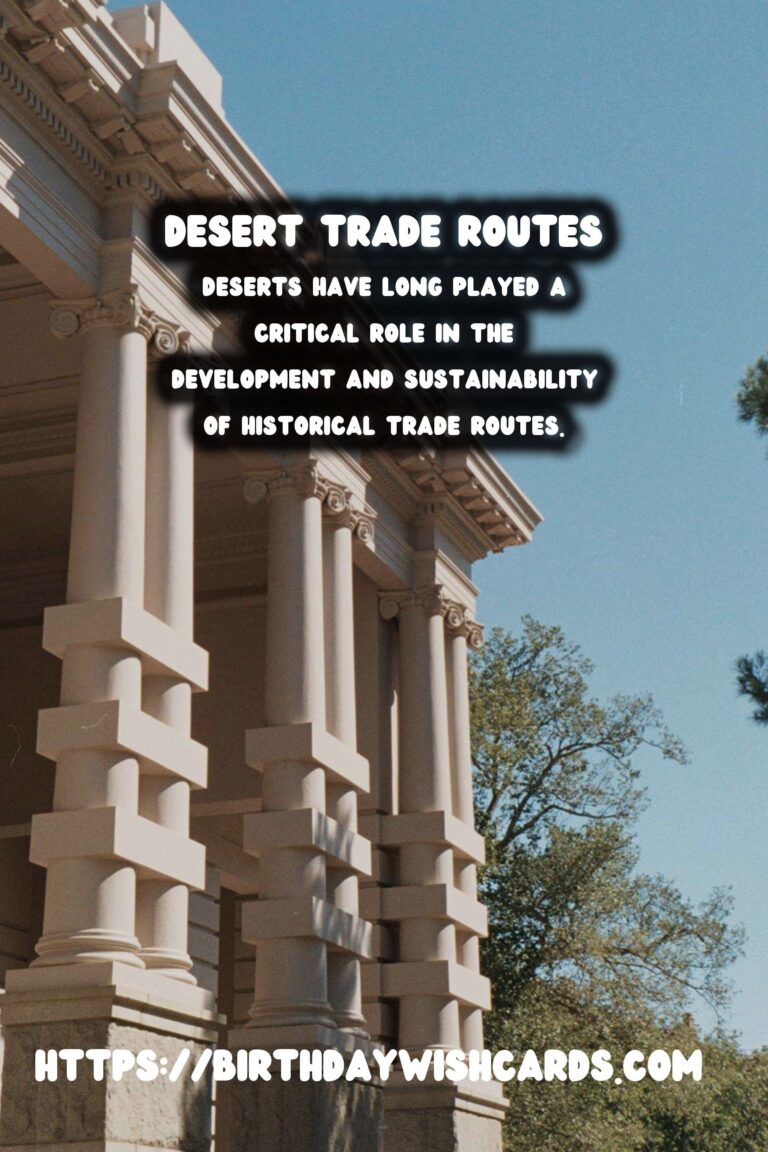



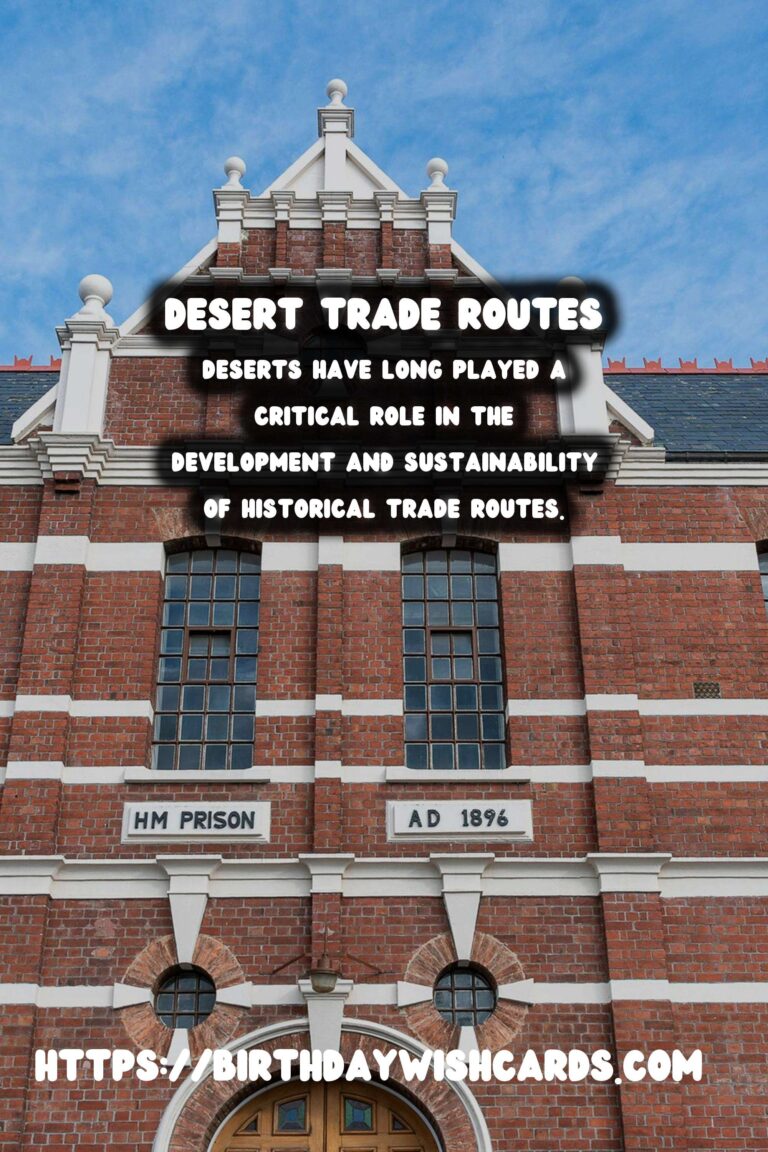
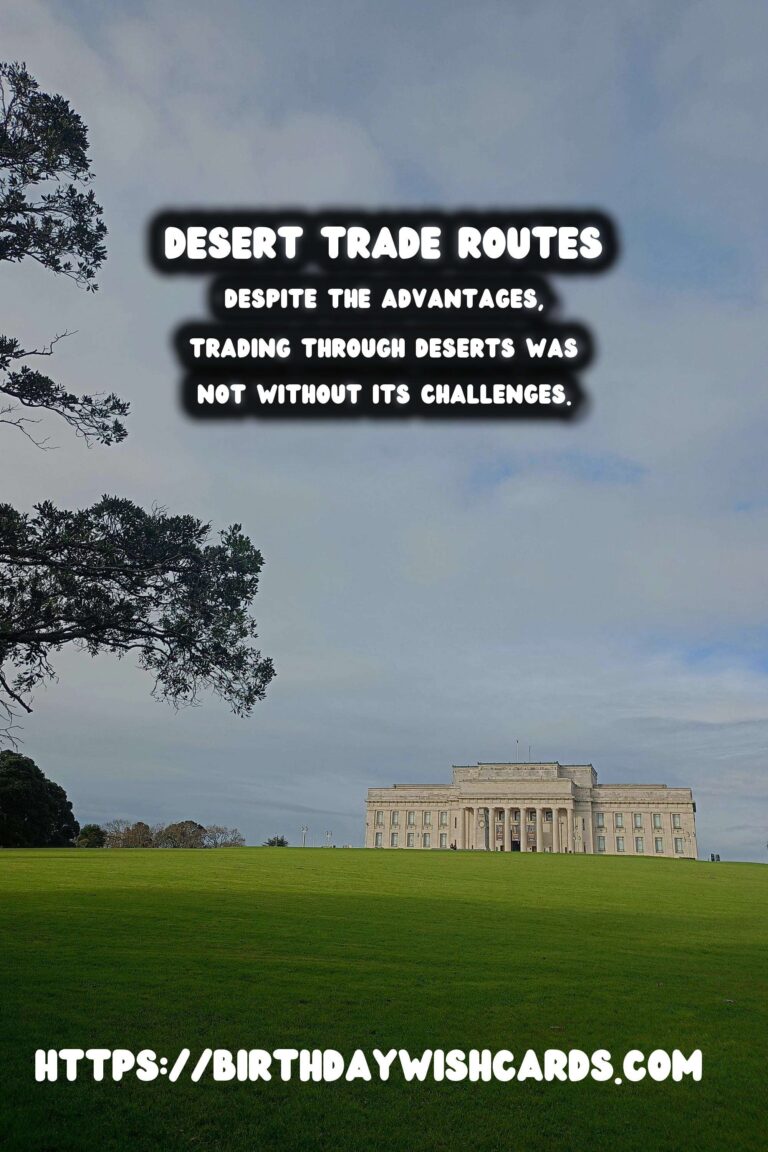
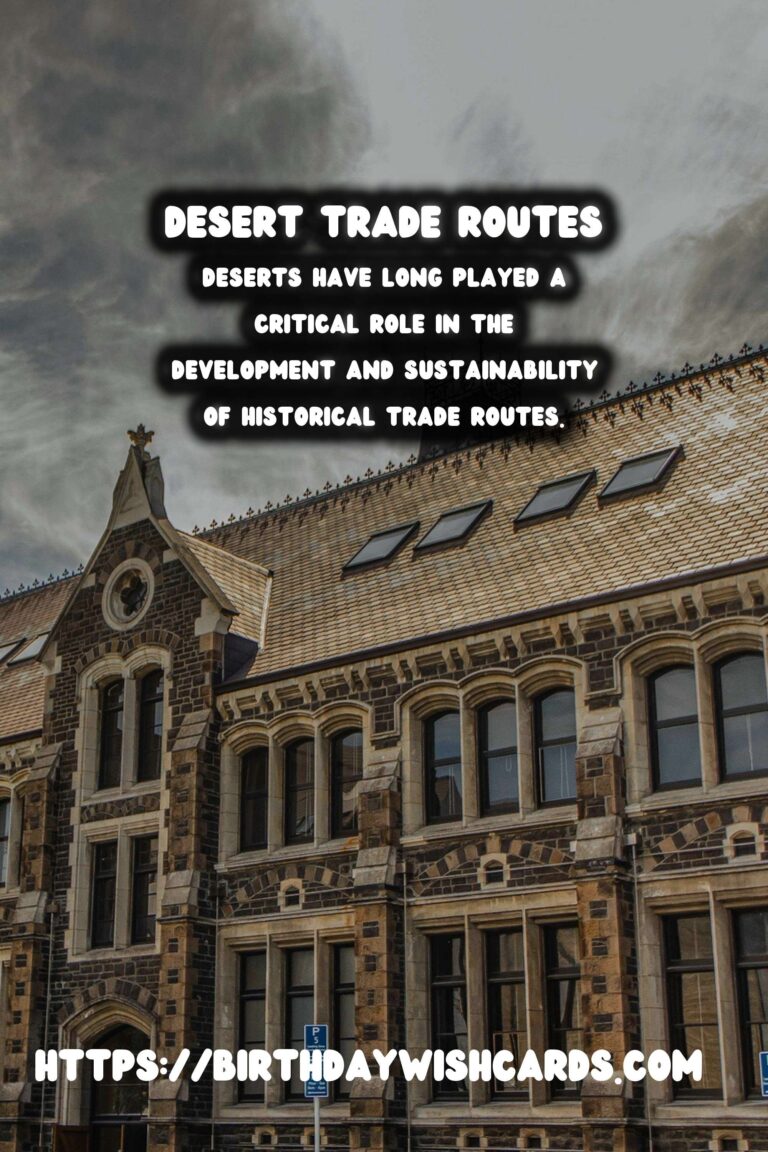
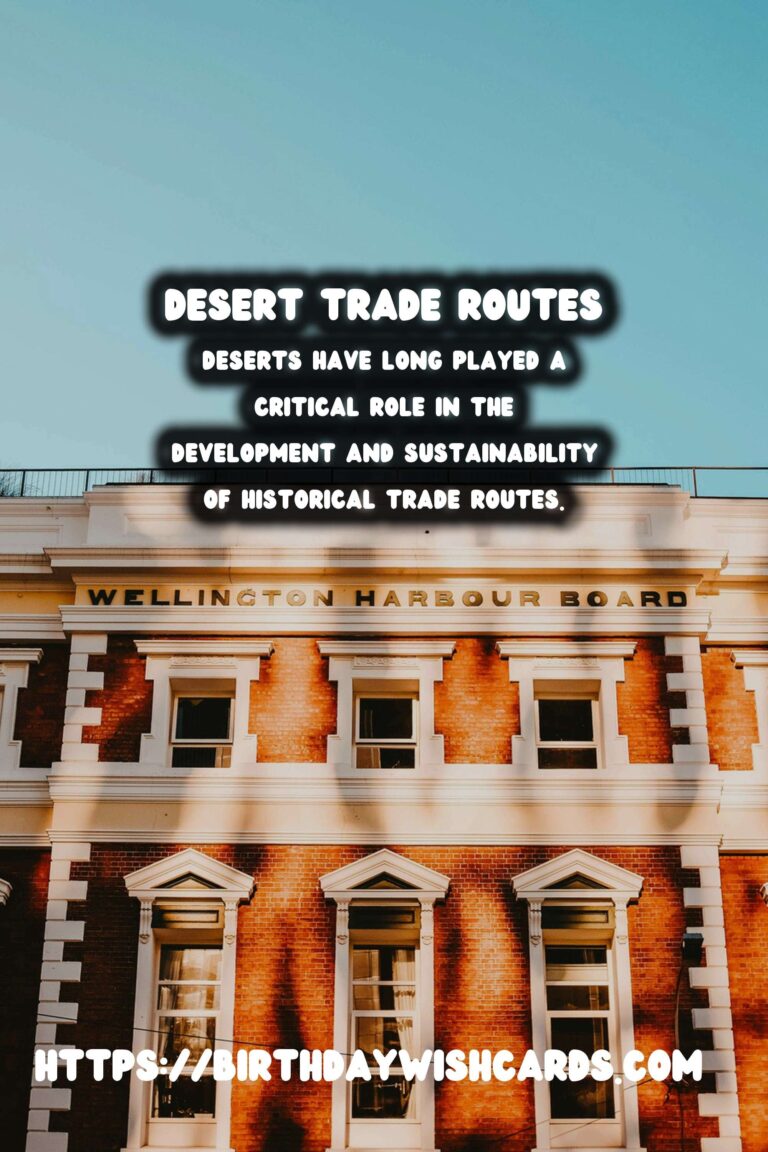
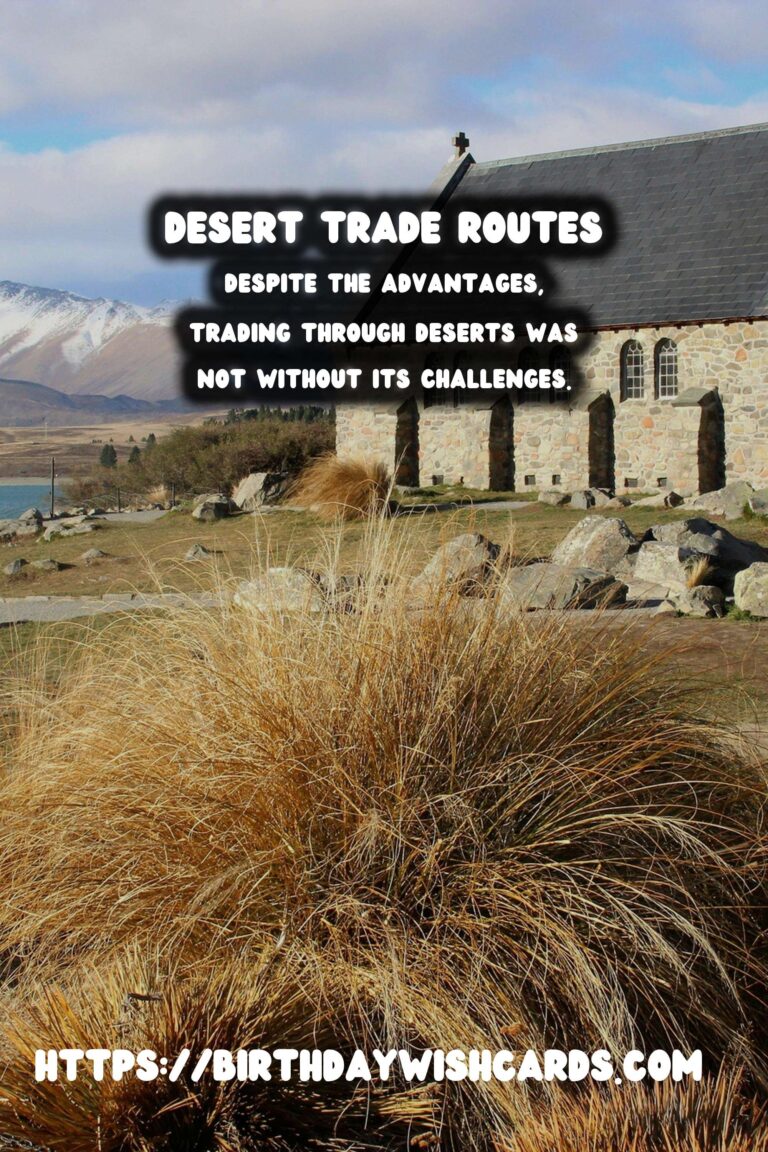
#HistoricalTrade #DesertRoutes




